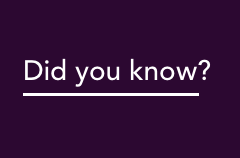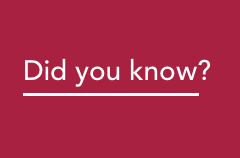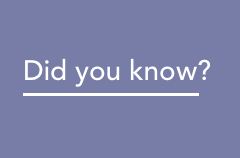About the DER Program
Australia's energy ecosystem is rapidly transforming towards a decentralised, two-way energy system, driven by the rapid uptake of household and commercial solar generation and energy storage.
This transformation presents the industry with an exciting opportunity to shape Australia’s energy future, as more and more Australian consumers are playing at the forefront of the energy sector, demanding new products and services from energy industry participants and in turn, AEMO.
To address these opportunities, and the technical and operational challenges that increasing amounts of distributed energy resources are having on the Australia energy system, AEMO has established the National Electricity Market (NEM) Distributed Energy Resources (DER) Program. The NEM refers to the electricity market and grid that operates across the Eastern coast of Australia from Queensland to South Australia and connected to Tasmania. The Western Australian equivalent is undertaking similar work as part of the WA DER Program with more information available via the WA DER Program webpage.
What are Distributed Energy Resources?
Distributed Energy Resources – or DERs – are consumer-owned devices that, as individual units, can generate or store electricity or have the 'smarts' to actively manage energy demand.
When aggregated and operating together at scale through micro-grids and virtual power plants (VPPs), these devices have huge potential to exchange consumer value by contributing to a reliable and secure energy supply.
Examples of DER devices include:
- Rooftop solar photovoltaic (PV) units
- Wind generating units (at residential or commercial premises)
- Battery storage system
- Hot water systems, pool pumps and air conditioner
- Smart appliances
- Electric vehicles
AEMO’s DER Program
AEMO has established a dedicated DER program to understand and integrate high levels of DER into the Australian power system. It aims to ensure a smooth transition from a one-way energy supply chain – starting with large-scale generation units to consumers – to a decentralised, two way energy system.
This smooth transition will mean Der devices are ‘plugged in’ to the electricity grid in a way that promotes affordability of energy for all consumers and maximises the value of DER, while maintaining and delivering on AEMO’s objective of secure and reliable power for all.
The DER program creates the tools and protocols necessary to address the challenges that arise from DER, and prepares AEMO to facilitate an energy market with high levels of DER integration in which consumers have:
- greater choice and affordability of flexible, personalised energy services and products;
- access to a secure, reliable and affordable energy supply via a least-cost energy system;
- the ability to maximise value from DER assets and infrastructure (e.g. demand response);
- the ability to integrate more DER in a consistent way across the grid; and
- opportunity to engage with a decentralised two-sided energy market and secure, reliable two-way energy system (i.e. those who have invested in DER as well as those who have not).
Without a whole of industry approach, the technical challenges associated with DER integration will not be easily addressed. AEMO’s DER program involves collaboration and partnerships across government, industry bodies, participants and consumers to ensure best fit-for-purpose solutions are developed now, and for the future.
DER Program workstreams
Several workstreams have been established to address the effective market and technical integration of DER into the electricity system.
Markets and framework: Market design of a new two-way energy system and two-sided DER marketplace aligned with the Open Energy Networks initiative’s Hybrid Model. AEMO is also an active contributor to the Energy Security Board (ESB) Post 2025 Electricity Market Design Project.
DER Demonstrations: Design and execution of small-scale, innovative trials such as DER marketplace demonstrations, demand response mechanisms, and Virtual Power Plant models, which will inform evidence-based changes to regulatory and operational processes so that DER devices can be effectively integrated into the electricity grid and markets. This work maximises power system security and sustains a reliable energy supply.
Operations: Examination of how DER assets behave during power system disturbances, and development of models to predict and manage DER performance in the future power system, together with ensuring adequate tools are in place to manage a high DER world. This work ensures a sustainable, secure and reliable energy supply.
Data and visibility: Development of a database of DER installations – the DER Register – to provide visibility of DER specifications and locations, enabling effective grid integration.
Standards and connections: Uplift of Standards (e.g. AS4777 and AS4755) and guides to ensure optimal DER technical performance and energy system security and enhance interoperability and cyber security protection.
Engagement and collaboration: To deliver these workstreams, AEMO is working with a wide range of stakeholders from the energy sector, public sector, consumer forums, regulatory bodies and research agencies. Some key DER Program partners include ARENA, Energy Networks Australia, Consumer Groups and the Distributed Energy Industry Program participants.
How to get involved in the DER Program
- Stakeholder engagement: AEMO offers interested stakeholders the opportunity to participate and engage in shaping and developing the DER Program via various working groups. To get involved, visit one of the following working group pages to find out more information, or get in touch via derprogram@aemo.com.au






